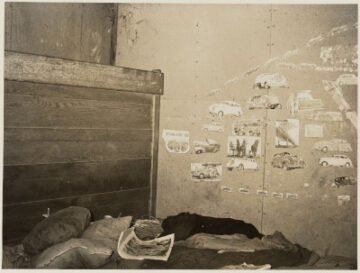by Michael Liss

Senator Warren Harding had a big appetite: for food, for whisky, for cigars and cards and hanging around with his cronies. For spittoons and smoke-filed rooms. For another man’s wife when he had one of his own—Carrie Fulton Phillips, with whom he carried on (sorry) for about 15 years. Their passion ended badly when, in late 1919, he felt an urge for higher office, and she felt an urge for a little monetary compensation.
The best evidence we have is that both urges were satisfied. Carrie was consoled by a bit of largess. Harding stopped writing coded-but-torrid letters and focused more on a stay at 1600 Pennsylvania Avenue. This was as it had to be. It was an era in which the prurient was taboo—but it was also an era where few spoke on the record about it. Harding wouldn’t be the only aspiring candidate with a spotty record on fidelity. In general, boys will be boys, so long as what they do in private is kept private.
Urges aside, Harding “looked like a President”—handsome, good chin. He spoke like a President: mostly vacuously but with a roll that imparted a sense of some deeper wisdom. He was from Ohio, then, as now, a key state. He had influential friends, like Harry Micajah Daugherty, a powerbroker in the Ohio GOP, who saw him as the perfect compromise candidate—the man others would turn to after a bit of Convention turmoil. So, why not Harding for President?
That was Daugherty’s plan, and he executed it perfectly. In 1920, Republicans had a great many men who saw themselves as “papabile.” They even had several who had the standing for the job, but when the GOP assembled in hot, steamy Chicago in June, none of those men, qualified or not, could get enough traction to get a majority of the 984 Delegates. Harding was fifth after the first round, didn’t break 100 until the seventh ballot, and only made it to 135 on the eighth. Then, reputedly, the wired-in wise men of the Party—the Daugherty-types—went into a room and, after the prodigious consumption of tobacco products and alcohol, coupled with lively and creative horse-trading, made a decision. Harding went from distant third to clear first on the ninth ballot and closed it out on the tenth. Popular Massachusetts Governor Calvin Coolidge was quickly selected as Veep. Read more »


